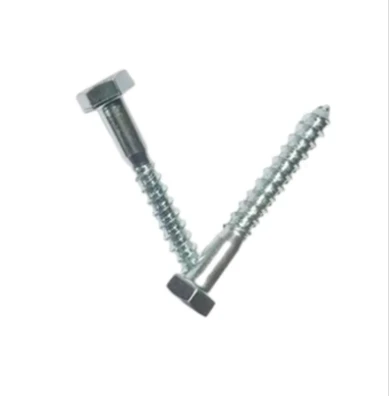nov . 23, 2024 04:19 Back to list
m12 threaded stud
Understanding M12 Threaded Studs Applications and Specifications
M12 threaded studs are essential fasteners used in various industries due to their strength, versatility, and reliability. The “M” in M12 refers to the metric designation of the thread, with the number indicating the nominal diameter of the stud in millimeters. In this case, M12 studs have a diameter of 12 mm. Threaded studs can be found in many applications, ranging from automotive and construction to machinery and aerospace.
What is a Threaded Stud?
A threaded stud is a type of fastener that consists of a rod with threads along its length. Unlike traditional bolts that have a head at one end, studs are usually threaded on both ends or have a fully threaded design, allowing them to be inserted into a nut or tapped hole. This design provides a sturdy anchoring point and distributes load evenly, which is vital for maintaining structural integrity in high-stress applications.
Specifications of M12 Threaded Studs
M12 threaded studs typically follow the ISO 68 standard for metric threads, with a coarse pitch of 1.75 mm. However, other pitches, such as fine pitches (e.g., M12 x 1.25), may also be available for specialized applications. The length of M12 studs can vary significantly, offering options for different connection requirements. Common lengths range from 30 mm to 200 mm or more, depending on the specific application.
Material selection for M12 threaded studs is crucial as it impacts their performance and durability. Typically made from carbon steel, stainless steel, or alloy steel, the choice of material depends on factors like environmental conditions, strength requirements, and corrosion resistance. For example, stainless steel M12 studs offer excellent corrosion resistance in moist conditions, making them ideal for marine applications.
Applications of M12 Threaded Studs
m12 threaded stud

M12 threaded studs are widely used in numerous sectors. In the automotive industry, they are essential for fastening engine components and structural frames. Their ability to handle significant loads makes them suitable for applications requiring strength and reliability.
In construction, M12 studs are used in pre-stressed concrete and steel structures, facilitating the connection of different elements like beams and columns. Their versatility allows for easy assembly and disassembly, which is crucial for construction projects.
Additionally, M12 studs are prevalent in machinery assembly. Engineers often use them to connect various machine parts where a strong and secure joint is necessary. The right combination of material and thread type ensures that the assembly can withstand vibrations and other dynamic forces.
Installation and Best Practices
Proper installation of M12 threaded studs is critical for ensuring their effectiveness. It is essential to use the correct torque specifications to avoid under-tightening or over-tightening, both of which can lead to mechanical failures. Using a thread-locking compound can also enhance the joint's stability by preventing loosening due to vibrations.
When installing M12 studs, ensuring that the threads are clean and free of debris is crucial. Any foreign material can affect the engagement of the threads and compromise the integrity of the joint. Furthermore, using compatible nuts and washers can distribute the load more evenly, enhancing the overall performance of the fastening system.
Conclusion
M12 threaded studs represent a small but vital component in the realm of fasteners. Their design, material properties, and versatility make them indispensable in various applications across industries. Understanding their specifications and proper installation practices not only enhances the reliability of assemblies but also promotes safety and efficiency in engineering and construction projects. Whether you are designing a new product or performing repairs, utilizing M12 threaded studs can significantly improve the quality of your work.


